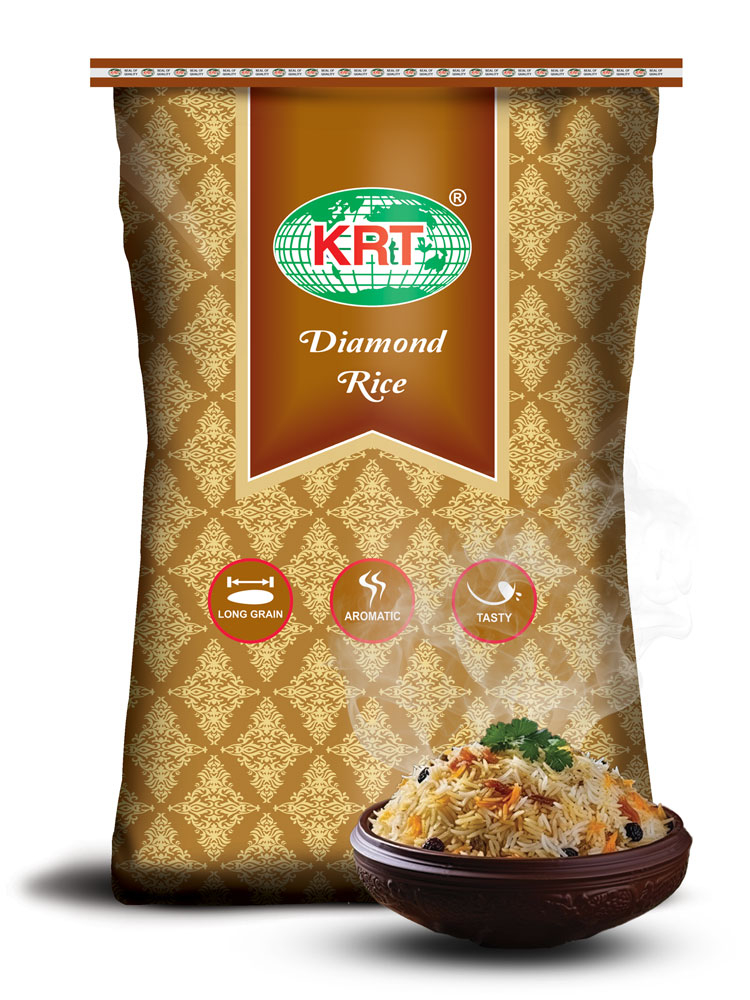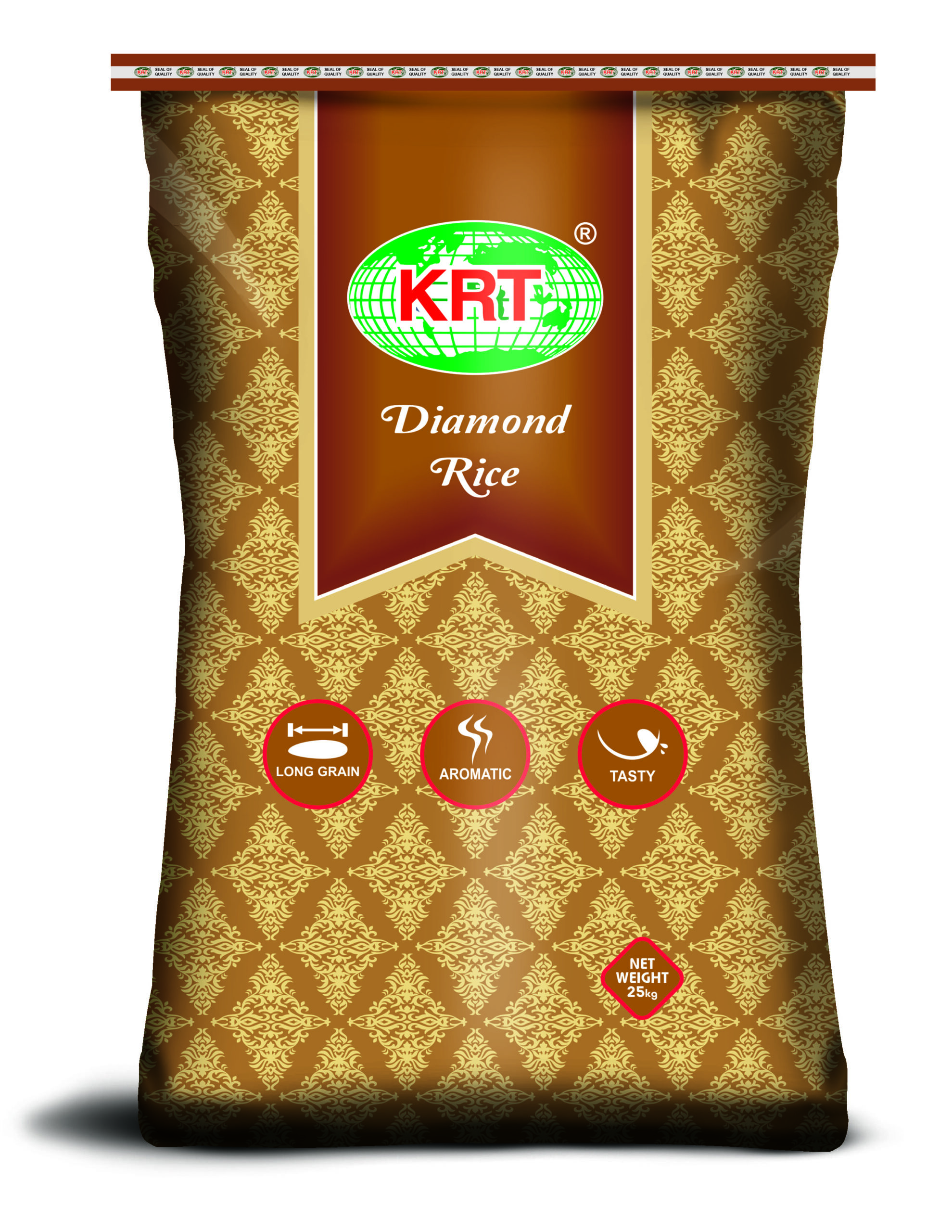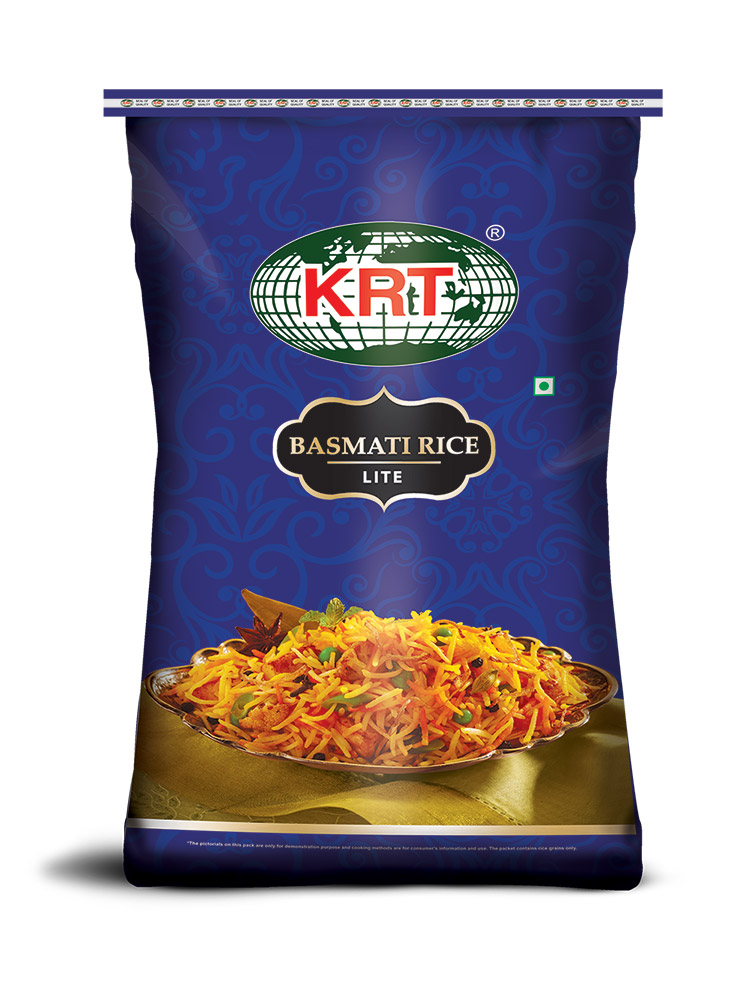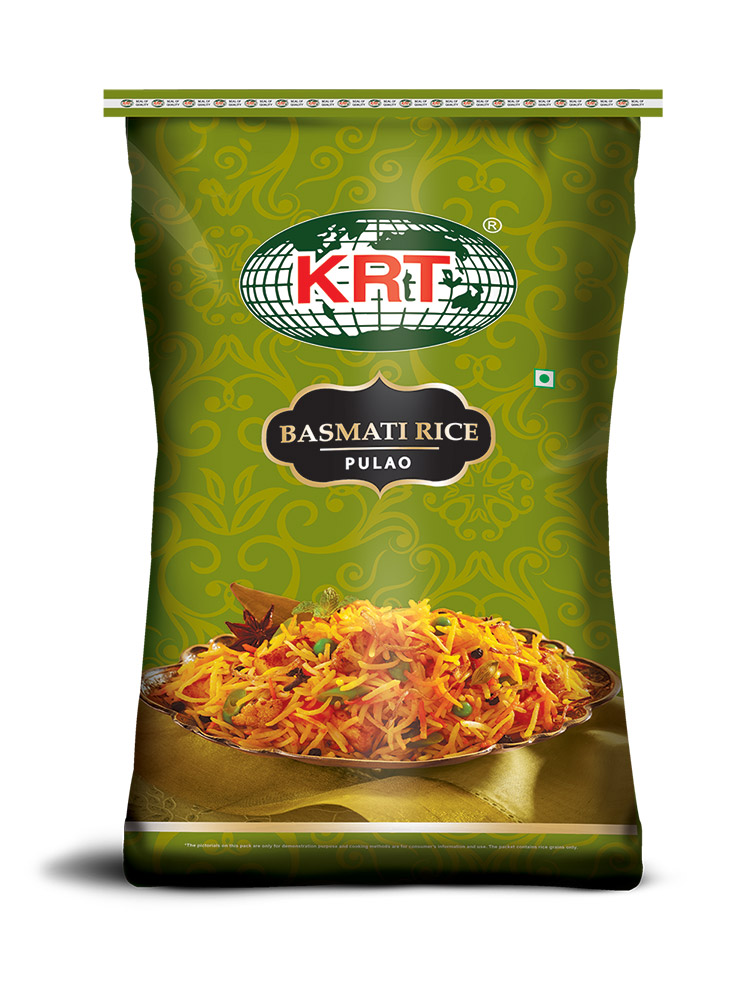Indroduction
Selecting the right rice for your business can significantly impact your product quality, customer satisfaction, and ultimately, your bottom line. Whether you’re running a restaurant, exporting rice, or managing a food processing unit, sourcing the best quality rice is crucial. With various types, grades, and origins available, the process can feel overwhelming. This guide will help you navigate the complexities and make informed decisions tailored to your business needs.
1. Understand the Types of Rice
The first step in choosing quality rice is understanding the different types available.
Common Varieties
- Basmati Rice: Known for its long grains and aromatic flavor, Basmati is ideal for premium dishes like biryanis or pilafs.
- Jasmine Rice: This fragrant rice is softer and slightly sticky, perfect for Asian cuisines.
- Brown Rice: A healthier option with the bran layer intact, suitable for health-conscious markets.
- Parboiled Rice: Pre-steamed to retain nutrients, commonly used in large-scale food services.
How to Decide?
Your choice should align with your business requirements. For instance, a restaurant specializing in Indian cuisine might prioritize Basmati, while a health-food brand may opt for organic brown rice.
2. Assess Quality Standards
High-quality rice ensures better taste, texture, and longevity.
Characteristics to Evaluate
- Grain Size and Uniformity: Opt for uniform grain sizes for consistency.
- Aroma: Premium rice like Basmati has a distinctive fragrance.
- Moisture Content: Ideal moisture is 12-14%; excessive moisture can lead to spoilage.
- Purity: Check for foreign particles or broken grains.
Certification
Look for certifications like ISO, HACCP, or FDA approval, especially if you’re exporting. These standards ensure the rice meets safety and quality benchmarks.
3. Know Your Supplier
Your supplier plays a key role in ensuring rice quality.
What to Look for in a Supplier?
- Reputation: Research reviews and customer feedback.
- Transparency: Reliable suppliers provide detailed product information and samples.
- Certifications: Ensure they comply with local and international food safety standards.
- Supply Chain Reliability: Check their capacity to meet your volume requirements consistently.
Pro Tip
Developing long-term relationships with trusted suppliers can lead to better pricing and consistent quality.
4. Storage and Handling
Proper storage and handling practices preserve rice quality after purchase.
Best Practices
- Temperature Control: Store rice in a cool, dry place to prevent mold growth.
- Sealed Packaging: Protects rice from pests and contaminants.
- Inventory Rotation: Use the “first in, first out” method to prevent old stock from degrading.
Equipment
Invest in proper storage silos or bins to maintain the rice’s integrity during transit and storage.
5. Cost vs. Quality
Balancing cost and quality is essential to maximize profitability.
Tips for Cost Management
- Buy in Bulk: Reduces per-unit cost.
- Seasonal Purchasing: Rice prices often fluctuate based on harvest seasons.
- Negotiate Contracts: Long-term agreements with suppliers can lead to discounts.
However, avoid compromising on quality for cost, as it can affect your business’s reputation.
6. Conduct Regular Quality Checks
Implement a system for continuous quality monitoring.
Tools and Techniques
- Lab Testing: Analyze nutritional content and purity.
- Visual Inspection: Check for discoloration, pests, or damage.
- Cooking Trials: Test the texture, aroma, and taste after cooking.
Conclusion
Choosing the best quality rice for your business is more than just a purchase—it’s an investment in your brand’s future. By understanding your specific needs, assessing quality, and working with reliable suppliers, you can ensure consistent satisfaction for your customers. Follow these tips to make an informed decision and take your business to new heights.








